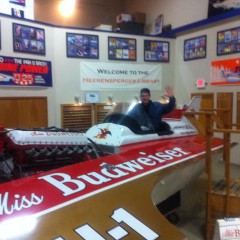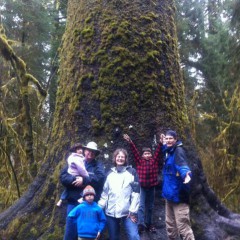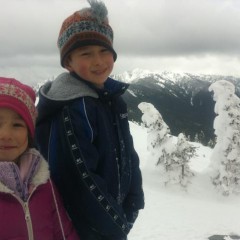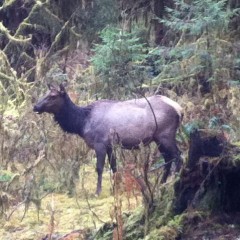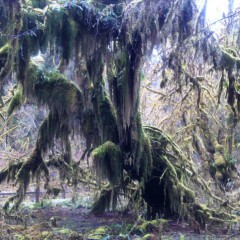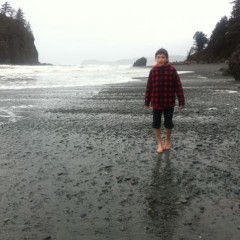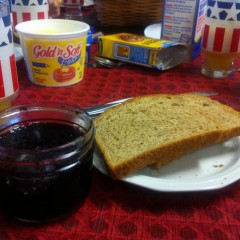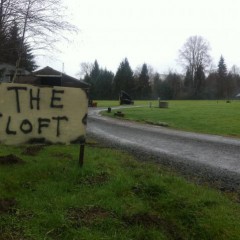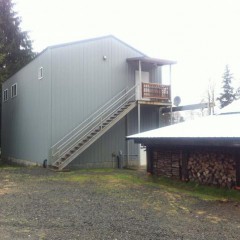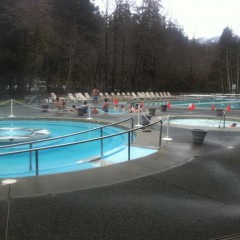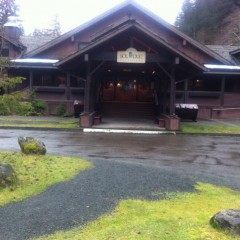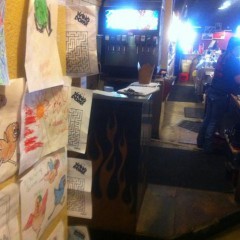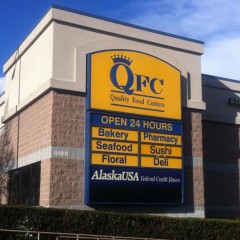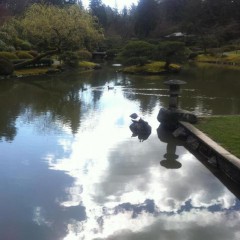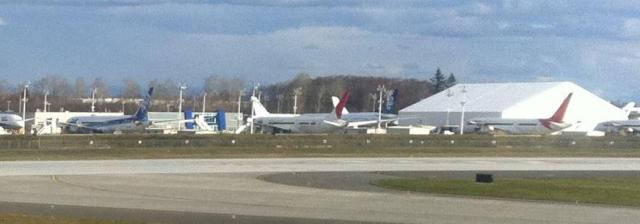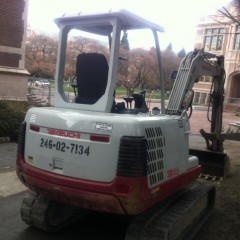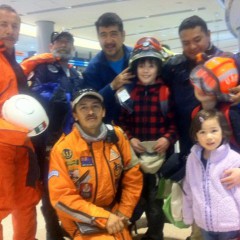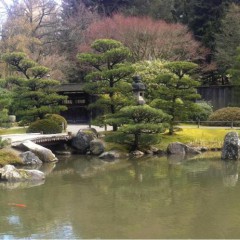
A Japanese garden in Japan, or in Seattle?
今回の里帰りで是非行きたかったところの一つはシアトルの日本庭園でした。なぜなら、日本とシアトルの日本庭園の違いを知りたかった。気候も違うし、シアトル人の目線も違うし、きっと独特な植物とかデザインがあるだろうと。そして、亀清旅館のそれぞれの庭を作っていく中で、少しでも私の地元のニュアンスを取り入れたいと思っています。
行った時に、運が良くて長年の庭師を話す事が出来ました。彼女曰く、取り入られたシアトルらしい植物は
*石楠花 (rhododendron) (ワシントンの州の花はRhododendron macrophyllumです。)
*シダ(羊歯) (Polypodium glycyrrhizaとPolystichum munitum)
*ヘムロック(モミの木に近い)(Tsuga heterophyllaがワシントンの州の木)
*エンレイソウ(延齢草) (trillium)
この全部はシアトルらしい植物でありながら、日本庭園に合わなくないです。上手い具合に取り入れる。
そして、気候じゃなくて、シアトルの目線で取り入れた植物:
*もみじ Acer palmatum 'Burgundy Lace'
現地の庭師が入れようとしたら、日本からの庭師は「それが合わない。邪魔だから外しましょう」と言ったらしいです。しかし、現地の皆は「いいえ、シアトルの皆にとってはこのモミジが日本庭園を代表するので置かしてください」と交渉したそうです。面白いな。確かに、私もこのもみじをみて、「あっ、日本庭園だ」と思います。
そして、最後ですが、私にはもう一つのシアトルらしい植物が日本庭園に会うと思う:
*Chamaecyparis nootkatensis 'Pendula' アラスカ・イエロー杉
なんとなく日本のワビサビを表現するように感じます。なおかつ、シアトルらしい木です。大好きです。
On this trip home to Seattle, one place I really wanted to visit was Seattle's Japanese Garden. The reason why was I'm curious what the difference is between a Japanese garden in Japan versus one in Seattle. In other words, what unique elements would Seattle bring to a Japanese garden? As we go about renovating the gardens here at Kamesei Ryokan, I would like to incorporate some of those elements.
Obviously, Seattle's climate would dictate some of the unique qualities in terms of types of plants. But the local perspective would also lend a hand. Fortunately, when we went to the garden I got to meet one of the veteran gardeners. She took the time to answer my questions.
Some of the climate-related unique plants are:
*rhodendrons. Especially Rhododendron macrophyllum, the Washington State flower.
*ferns, especially the licorice fern Polypodium glycyrrhiza as well as the sword fern Polystichum munitum
*hemlock trees, especially the Tsuga heterophylla, Washington's state tree.
*trillium, a wildflower common to the Pacific Northwest
All of these plants are common in Seattle, and also fit the overall feel of a Japanese garden very well.
And a plant that was introduced to the garden by local gardeners for reasons of style:
*lace maple Acer palmatum 'Burgundy Lace'
Interestingly enough, the gardeners from Japan wanted the lace maples removed as they didn't fit in with the garden. But the locals insisted, as to the perspective of people in Seattle, the lace maply symbolizes a Japanese garden.
Finally, to me, one other tree that I see all over Seattle that fits well with a Japanese garden is Chamaecyparis nootkatensis 'Pendula', the Alaskan yellow cedar. It's droopy feel just seems to embody the Japanese 'wabi-sabi' sentiment.
シアトルの日本庭園のHPはこちらClick here for the Seattle Japanese Garden website
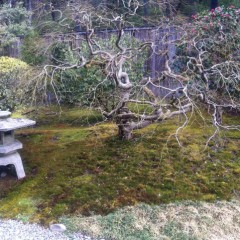
Lace maple elegant with skilled pruning
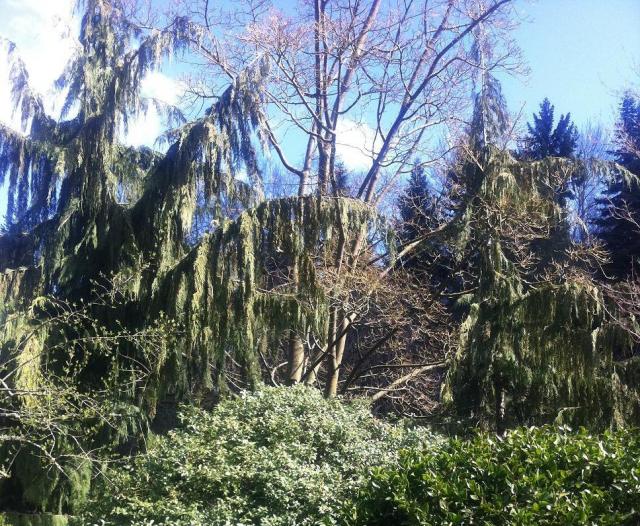
wabi-sabi cedars
